
The right options for plant protection for the winter are still under discussion. Until the mid-twentieth century, there was little disagreement on this issue. Then began to appear new materials, imported previously unknown plants-and opened the field for experiments. I want to put forward a few points on this issue.
Shelter for the winter are usually several tasks, is the protection of the:
- severe frost,
- sudden temperature fluctuations,
- wind drying,
- damage from heavy snow,
- waterlogging and evaporation in thaw,
- mice and hares.
Traditionally used for this purpose:
- spruce spruce branches,
- leaf litter,
- reed mats,
- hoeing the ground or compost,
- whitewash,
- wooden frames and boxes.
All this works now, although quite time-consuming, and sometimes expensive.
Pros and cons of traditional shelters
The best protective and insulating material is snow, free of charge provided by nature. A typical example of the winter when severe frosts everything that was under the snow all winter. The only drawback of snow – instability and unpredictability. It happens that the frost has hit and there is no snow. Our job is to insure such moments.
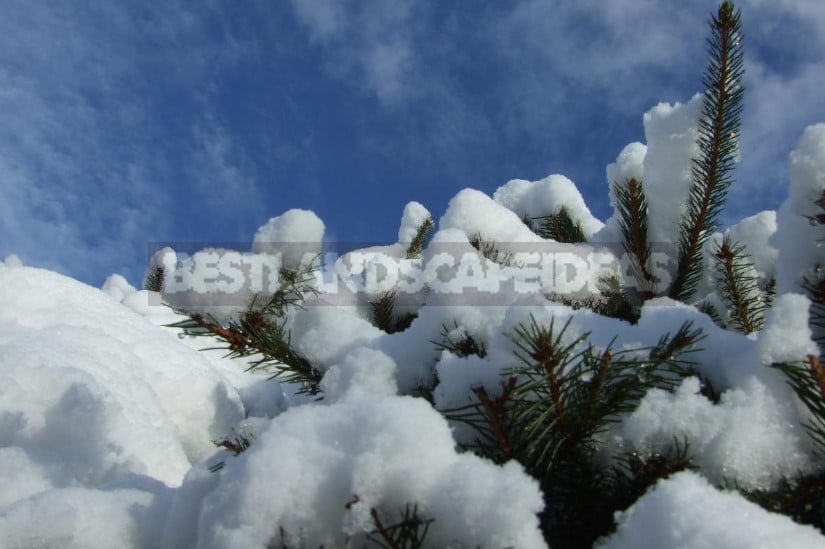
The optimal material for winter plant protection is spruce spruce branches. It traps snow, weakens wind, protects against mice and mold, creates a supporting frame and an air layer for air exchange. The material is widespread, cheap and environmentally friendly.
It always amazes me the widespread belief that the use of twigs harmful to the nature. Of course, no need to cut trees in the nearby forest. Spruce branches can get quite a civilized way: just buy. In any forestry inevitably occur sanitary felling, cleaning, often culling in the nursery. Spruce branches to search there.
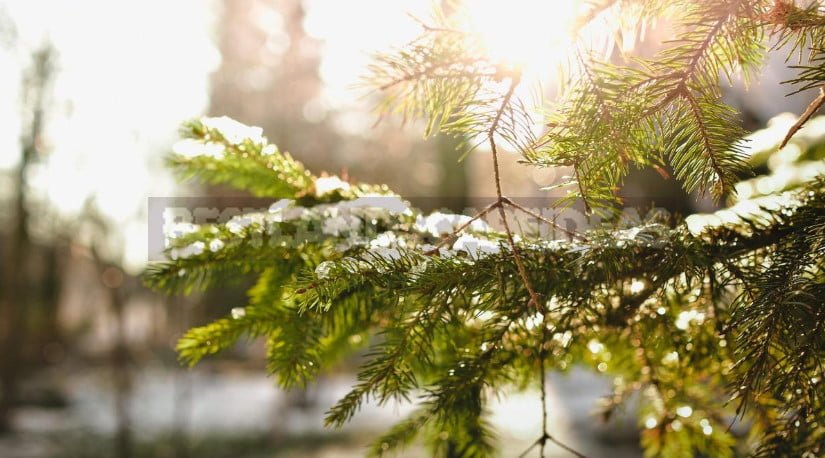
So, for example, we bought a ton of fir paws officially and with documents. The problem is only in delivering it to the site, but if desired, and it is quite solvable. I would also like to note that with stable demand, civilized supply inevitably arises.
To protect perennial and bulbous flowers, Heather and ground cover plants choose thin flat feet from the bottom of the crown, laying them loose layer on plants or around them, like mulch. The quality of work will check the first snow: if it lay a solid layer-you have achieved the perfect styling.
Shrubs cover more rigidly, creating initially a frame in the form of a hut of 3-5 branches connected from above with jute twine. Sprawling bushes before it does not hurt to pull off slightly, winding them in a spiral from the bottom up with the same twine with some effort. Then the design is completed by adding the spruce branches needles down. Such structures rapidly blocked with drifting snow, creating snow banks and hills.

I also note that under the spruce branches rarely host mice. In the spring after use, it is necessary to process the spruce branches into mulch with the help of a shredder. You can also collect it in a pile on the film, wait for the fall of the needles. From them tickles produce a protective material from slugs, and will remain line for a fire.
If the plants are winter-hardy, and they need to be protected from heavy snow, ice, sunburn and wind, reed mats are used. Over a fragile plant is the skeleton in the form of a cone or a roof of slats, bamboo, etc. On the frame is placed and secured to the Mat. The snow will fall on it and move out to the sides of the branches.
If you need to protect the tree trunk, the Mat is simply wrapped around it. For small plants can be used wicker “basket” of vines. In this method of protection we must remember that under the Bush may be little snow, and further protect the roots from freezing with a thick layer of mulch. These works are performed only at positive temperature, because the frozen branches are very fragile and break easily.
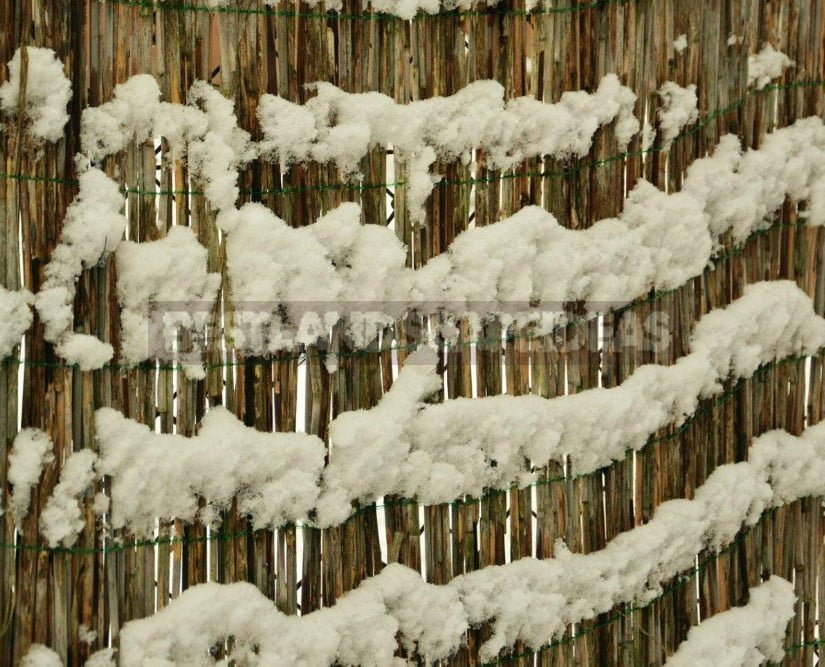
Often forget about the simplest such method of protection as hoeing the earth, compost or just snow. Even a few additional centimeters of such cover will be useful, smoothing the temperature changes. Note a small nuance: the ground and compost should be as dry as possible (you can stock a few bags in advance) and pour as late as possible – after heavy rains, but before severe frosts.
To insulate the soil was often used fallen leaves. It is also free and environmentally friendly material. The best are oak and Rowan leaves, you can use maple and birch.
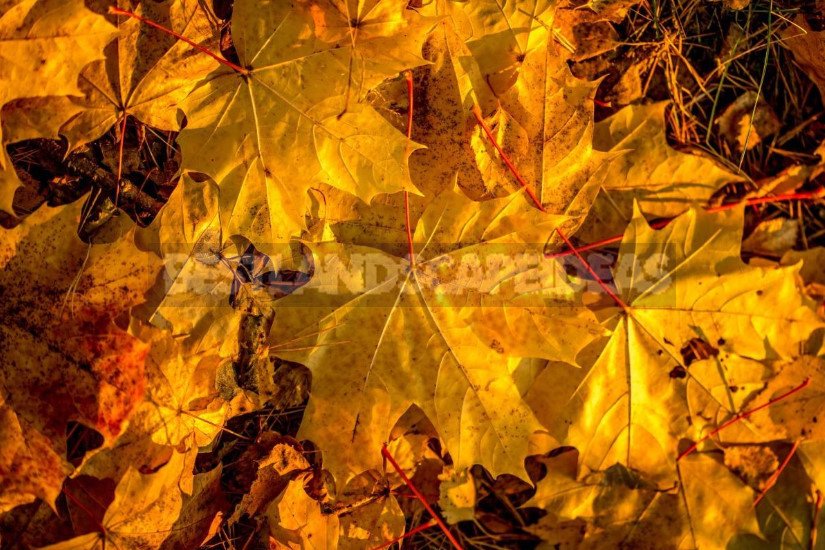
They are collected in dry weather and spread a layer of 15-20 cm on the ground after the last watering or rain. It is better to press them with branches or a grid that did not blow off a wind. In early spring the leaves we need to get to the compost so the soil is rather warm.
Sometimes apply other way: around a plant (as a rule, it is a blossoming Bush) the cylinder from a wire welded grid is put and stuffed with dry leaves. From above for protection against moisture the tile (a concrete tile, a piece of glass) or a plastic bag keeps within. A similar method is used to protect mountain plants that are sensitive to waterlogging: near the flower, two columns of bricks are placed at the desired height, and on top it is covered with a sheet of glass (plastic) with a slight slope to the side.
The whitewashing of trees serves a very limited purpose-to protect young plants with tender unfrozen bark from sunburn in February-March and partly to repel rodents. If you want to carry out this operation, it is also done in the fall, not in the spring. The easiest way to use a special ready whitewash paint, and safer for the tree – homemade according to traditional recipes (Cretaceous whitewashing + copper sulphate).
A few words about modern materials and methods
Most often referred to as winter protection nonwoven covering material (lutrasil, spunbond and the like). Their application is replete with success and failure. The most successful use of tapes of thick lutrasil to protect the bark of seedlings from rodents and sunburn — as a modern analogue of whitewash.

It is convenient to use a cloth of such material for pulling together of branches and prevention of breaks from snow. Thick spunbond is able to protect the flower garden from sharp frosts at the beginning of winter and save more snow. However, if there are plants with wintering leaves in the flower garden, the material should be spread out on a rigid frame, otherwise all the weight of snow will fall on the flowers. It is very risky to protect nonwoven evergreen and coniferous plants. Under the snow, they winter without it, and in the sun the risk of burning due to overheating in Sunny weather.
For sensitive to sunburn and wind drying species, such as coniferous and evergreen rhododendrons, use special shading mesh made of plastic. They are sold in reputable garden centers or specialized firms. They are used on the frame as an analogue of reed mats or simply wind the crown of the plant. Often effective is a simple screen from the midday sun or piercing winds.
For the same purpose, you can use a rare jute cloth or burlap, gauze, rack and pinion structures… but remember: you need to experiment first on single plants and only with full confidence in the positive result is completely move to the chosen method of shelter.

A special place in the care of the gardener is the shelter of roses. The most reliable and time-consuming classical method of dry shelter. I can share my experience. Rose bushes I fall asleep with a dry mixture of the sifted compost and sand before strong (-5 and more degrees) frosts. The base of a Bush covered hill with a height of about 15 cm After the onset of cold weather, gently bend the branches without leaves and build a hut made of spruce branches to protect from the sun and wind, and sometimes rain.
The good reviews are about using store-bought “houses for the roses” of the semi-permeable membrane. Through it passes air and steam, but dripping moisture. You can buy a roll of such a membrane in construction stores (roofing substrates of the upper layer) and look for the best option for your garden.
Concluding the topic, I want to share another technique. Valuable perennials, shrubs, groundcover species whether to protect low plastic drawers. They are placed over the plants as mesh caps that protect against the severity of snow and create an air cavity around the plant. I like the results very much and the effort is minimal.

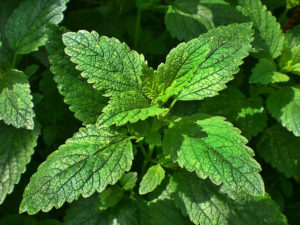
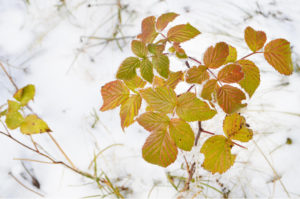

Leave a Reply